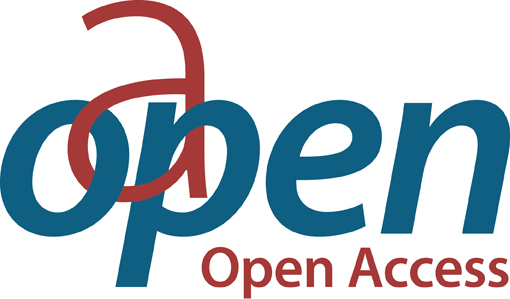Chapter Arti liberali e meccaniche secondo Ugo di san Vittore
| dc.contributor.author | SALVESTRINI, AMALIA MARIA SOFIA | |
| dc.date.accessioned | 2024-12-20T12:31:20Z | |
| dc.date.available | 2024-12-20T12:31:20Z | |
| dc.date.issued | 2024 | |
| dc.identifier | ONIX_20241220_9791221503197_118 | |
| dc.identifier.issn | 2704-5919 | |
| dc.identifier.uri | https://0-library-oapen-org.catalogue.libraries.london.ac.uk/handle/20.500.12657/96323 | |
| dc.language | Italian | |
| dc.relation.ispartofseries | Studi e saggi | |
| dc.subject.classification | thema EDItEUR::N History and Archaeology::NH History::NHB General and world history | |
| dc.subject.other | Hugh of Saint Victor | |
| dc.subject.other | Liberal Arts | |
| dc.subject.other | Mechanical Arts | |
| dc.subject.other | Labour | |
| dc.subject.other | Knowledge classification | |
| dc.title | Chapter Arti liberali e meccaniche secondo Ugo di san Vittore | |
| dc.type | chapter | |
| oapen.abstract.otherlanguage | The contribution explores the valorisation of human labour in the Didascalicon by Hugh of Saint Victor. Following a brief outline of Hugh’s life and main works, one underlines the principal points of interest of his classification of philosophy. 1. For the first time the mechanical arts are part of philosophy, albeit considered in their theoretical aspect. 2. Hugh proposes a parallel between liberal and mechanical arts, according to which the external sphere of the trivium and the internal one of the quadrivium correspond to the seven mechanical arts. 3. The organic nature of the division depends from the idea that humanity lost its perfect condition with original sin, hence the need to repair both the spiritual and the bodily part of man with the liberal and mechanical arts. | |
| oapen.identifier.doi | 10.36253/979-12-215-0319-7.24 | |
| oapen.relation.isPublishedBy | bf65d21a-78e5-4ba2-983a-dbfa90962870 | |
| oapen.relation.isbn | 9791221503197 | |
| oapen.series.number | 257 | |
| oapen.pages | 8 | |
| oapen.place.publication | Florence |

